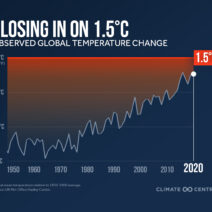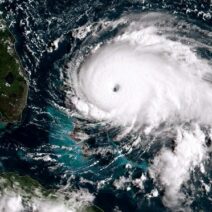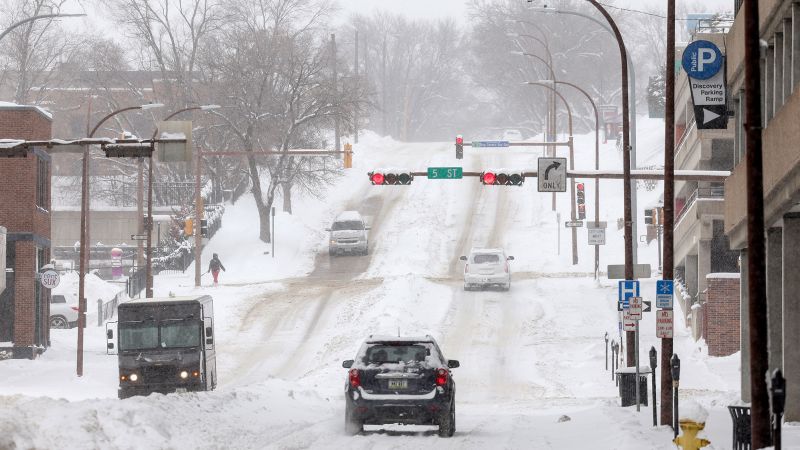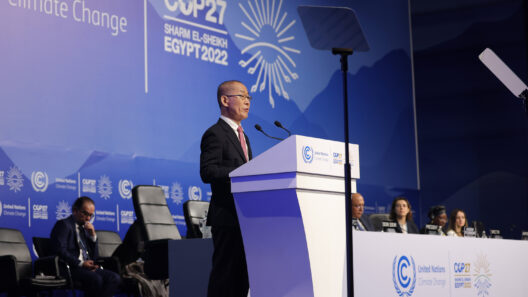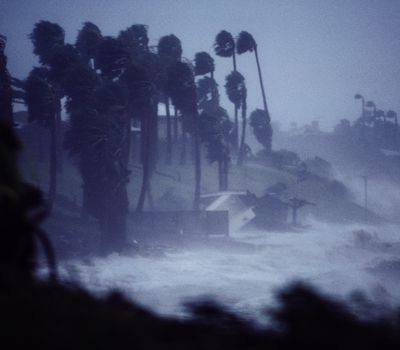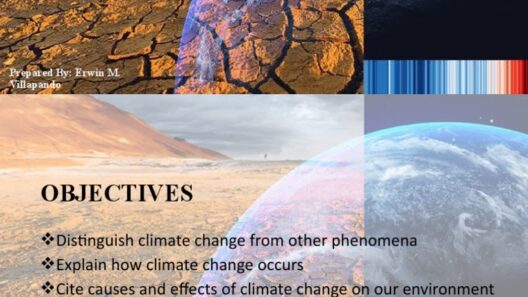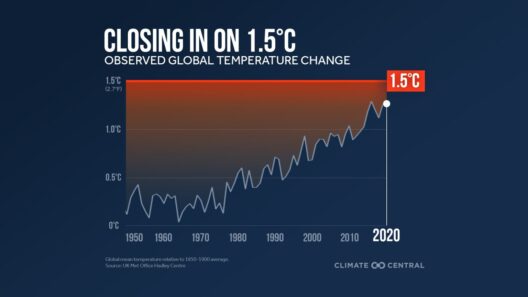The phenomenon of extreme cold amidst the backdrop of global warming presents an intriguing paradox, akin to the coexistence of fire and ice. While the overarching narrative suggests that warming trends dominate, a deeper examination reveals that cold can indeed have ties to a warming planet. In this exploration, we will unravel the intricate interplay between climate change and extreme cold weather events, delving into the science that fortifies this connection.
At its core, climate change is driven by a gradual increase in greenhouse gas concentrations in the atmosphere. This leads to a warming of our planet, consequentially altering weather patterns. Imagine the Earth’s climate system as a vast, interconnected web; when one thread is pulled, the tension ripples across the entire structure, impacting seemingly unrelated areas. This interconnectivity can manifest in unexpected ways, such as extreme cold spells disrupting regions that are generally temperate.
To comprehend how extreme cold can be a byproduct of global warming, one must first grasp the nuances of the Arctic region. The Arctic serves as a critical barometer for climate change. As polar ice melts—a direct result of rising global temperatures—the underlying dynamics of the atmosphere undergo significant transformation. The reduction of ice cover diminishes the Earth’s albedo effect, which is the ability to reflect sunlight. Consequently, more solar energy is absorbed, intensifying the warming of the surrounding air and water. This process contributes to the destabilization of the polar vortex, an upper-atmospheric wind pattern that encircles the Arctic.
When stable, the polar vortex keeps frigid air confined to the Arctic. However, as the vortex weakens or becomes distorted—similar to a tightly coiled spring losing tension—polar air can surge southward into mid-latitude regions, triggering severe cold spells. This disruption can be likened to a wayward dancer who, unable to maintain their rhythm, veers unpredictably into the audience. The repercussions are palpable: areas unaccustomed to such temperatures suddenly find themselves blanketed in snow, with chilling winds gusting through streets that rarely experience frost.
A quintessential example of this phenomenon occurred during the winter of 2013-2014 in the United States, when parts of the Midwest experienced bone-chilling temperatures, leading to widespread disruption. Coined “polar vortex,” the term seized public attention and served as a vivid illustration of extreme cold’s mysterious dance with a warming climate. The correlation revealed itself: warmer Arctic temperatures contributed to a more erratic polar vortex, allowing arctic air to plunge into the United States.
Further complicating this narrative is the concept of weather versus climate. Weather pertains to short-term atmospheric conditions, while climate refers to the long-term average of these conditions over extended periods. This distinction is critical in understanding the broader impacts of climate change. Just as a painter might use contrasting colors to create depth and emotion in a work, the climate system employs variability to express diverse weather conditions. Extreme cold events, albeit fleeting, encapsulate the capricious nature of an altered climate.
Additionally, one must consider the role of ocean currents in this complex exchange. Ocean temperature patterns influence atmospheric conditions, contributing to the oscillation of weather extremes. Take El Niño and La Niña, for instance: these periodic climate patterns can exacerbate or mitigate cold weather events. With climate change altering ocean temperatures and currents, the likelihood of extreme weather, including sudden frigid episodes, grows more pronounced. The ocean’s warmth, once a soothing balm, transforms into a tempest, stirring the atmosphere into chaotic patterns.
Another contributing factor lies in the broader context of global climatic shifts. As regions adapt to changing conditions, the feedback mechanisms set in motion can cause unexpected global repercussions. Increased precipitation from warmer air can lead to a greater incidence of snow in winter months, which might further insulate the ground while fostering a false sense of security on a warming planet. When that snow freezes, it can trigger temperature drops that seem disconnected from the overarching warming trend, creating an illusion of dichotomy.
Skeptics might argue that extreme cold undermines the urgency to address climate change. However, it is crucial to recognize that warming trends, coupled with fluctuating Arctic temperatures, yield a complex tapestry of weather phenomena that may include significant cold spells. This is not a challenge to the reality of global warming, but rather an expression of its multifaceted effects. The climate narrative is not linear; it is an intricate story filled with enigmas and contradictions, each thread contributing to the larger tapestry of planetary health.
Ultimately, understanding the interplay of extreme cold and global warming requires a departure from conventional thinking and an acknowledgment of the earth’s intricate systems. The fate of our climate cannot be encapsulated simply by warming or cooling; instead, it lies in recognizing and addressing the myriad of interactions that define weather patterns. As climate activists rally for change, it is essential to articulate the complexity of climate phenomena, emphasizing that extreme cold can indeed be a manifestation of a warming world—an urgent reminder of the need to mitigate our impact on the planet. Through education and advocacy, we can rise to the challenge, forging a path towards a sustainable future that acknowledges the delicate balance between fire and ice.
